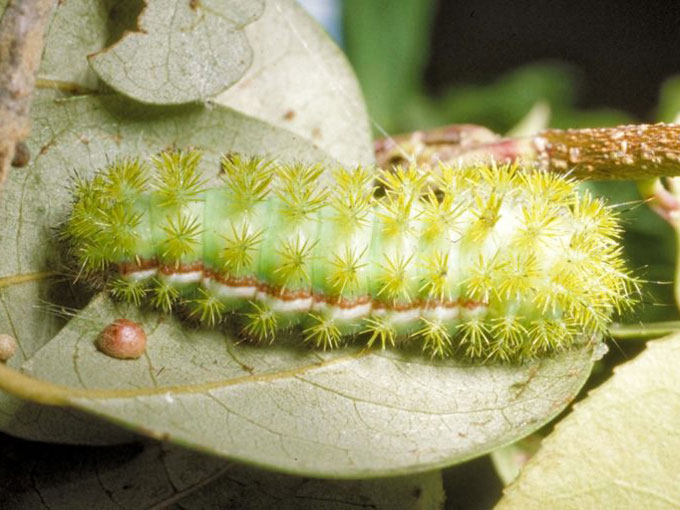Close Encounters of the Hurt Kind

Texas A&M and Texas A&M AgriLife entomologists have done a much better job of putting the spotlight on stinging caterpillars than I can do. I’m going to refer you to a fact sheet they have put online in just a moment, but before I do, I have a couple of personal comments.
• We have several species of these caterpillars native to Texas. They’re the larval forms of unobtrusive moths you might never notice.
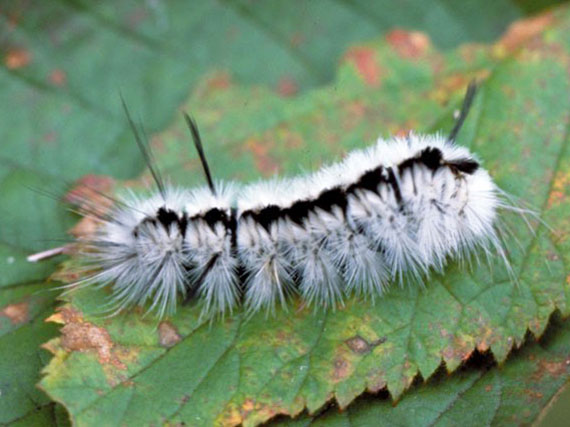
• They have preferred food sources, many of them trees. That means they may be above your head, which in turn means they could drop to the ground or onto your neck and shoulders without warning. Keep that in mind if you end up spraying for them.
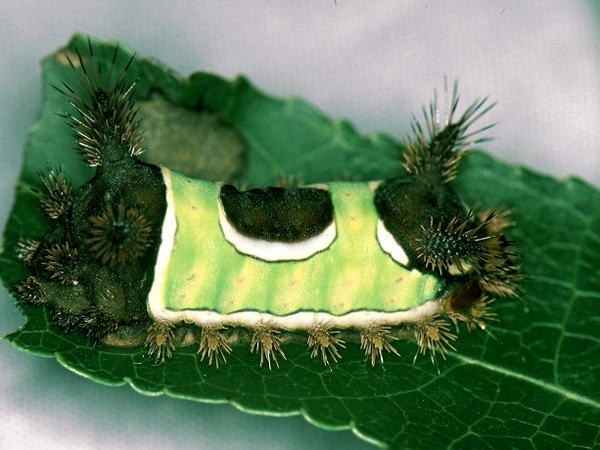
• Most might be described as “fuzzy caterpillars” that would attract youngsters. Teach your kids and grandkids not to pick caterpillars up. Those fuzzy bristles could inject a venom that would be very painful.
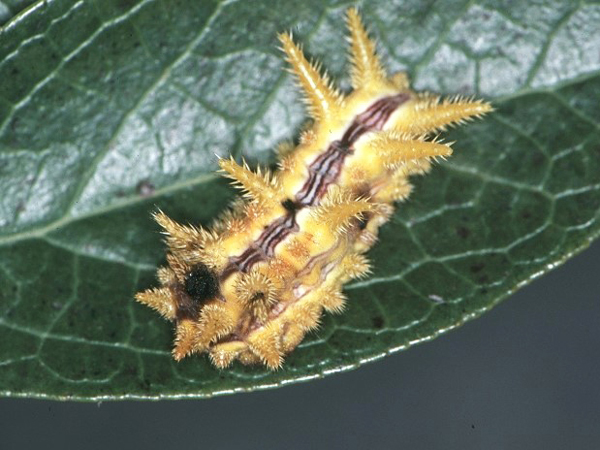
• Any feeding they do is minimal. I don’t worry at all about damage they might do to my plants. I’m more concerned about what they could do to hurt my family and pets. (And me!)
• It’s just my own observation, so it may not be a very good list, but I’ve seen stinging caterpillars on hollies and live oaks in my own garden. Just a couple of times each, but enough that I do keep my eyes open.
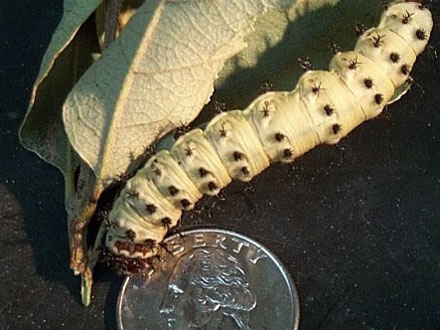
• They are easily controlled with organic and inorganic insecticides, as described in the A&M publication.
Click here to read the entire TAMU release. It’s a quick read and very worthwhile. Note that it’s alerting us to a spring outbreak, but these insects are active throughout the growing season. Remember my opening comment: I’ve had most of my own personal close encounters in the fall.
I am grateful to the organizations credited for photos we have borrowed for this story.

